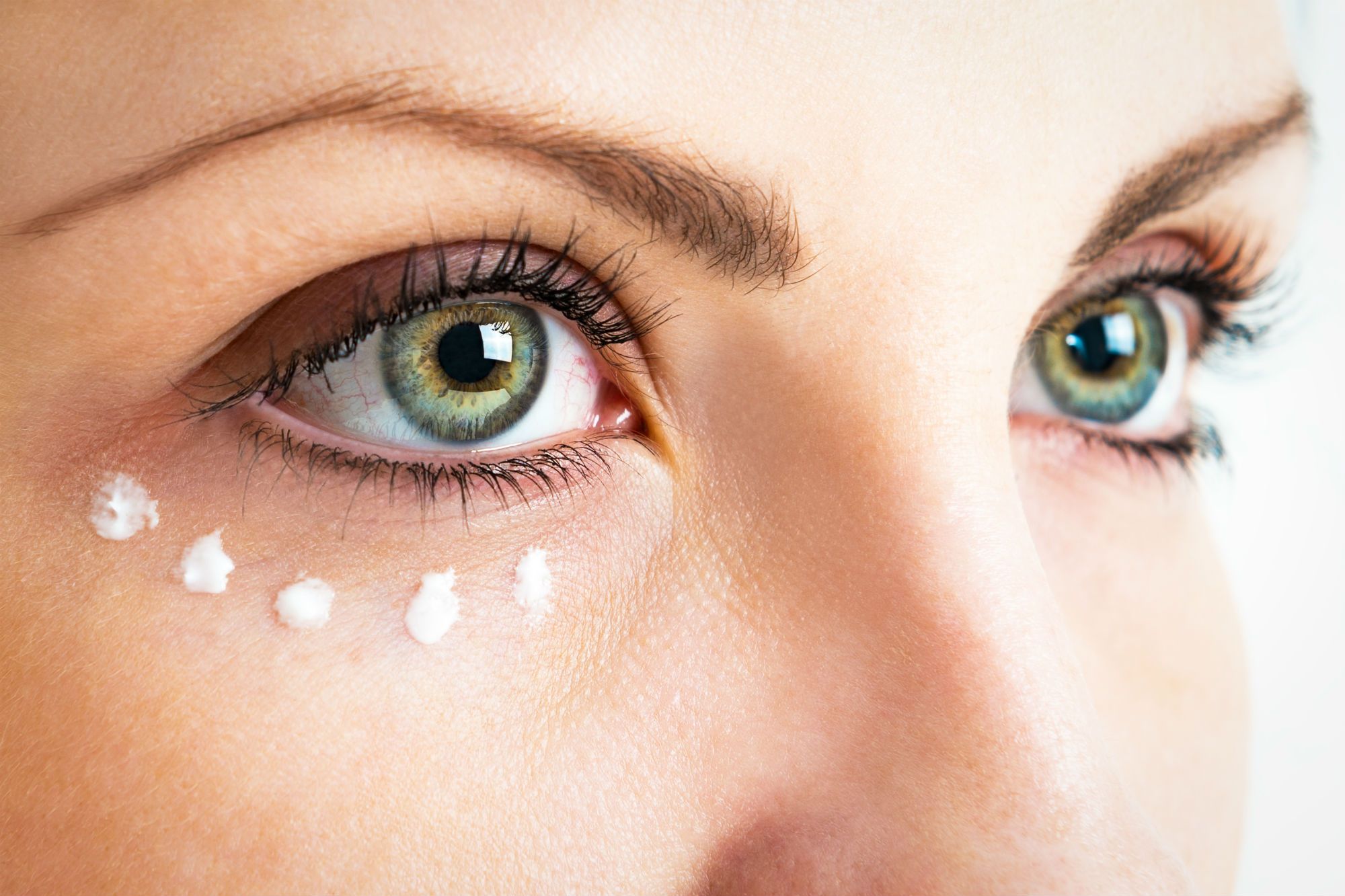Dark circles under the eyes are a common cosmetic concern affecting people of all ages and ethnicities. While often associated with fatigue, they can also result from genetics, aging, or underlying health conditions. Many individuals seek professional treatments to reduce their appearance, but a critical question arises: are these solutions equally effective across different racial backgrounds? Understanding how skin tone, genetic factors, and physiological differences influence treatment outcomes is essential. The Cost of dark circle treatments in Dubai may vary, but efficacy depends largely on individual skin characteristics rather than price alone.
How Skin Tone and Race Influence Dark Circles
Melanin and Pigmentation Differences
One of the primary factors determining the effectiveness of dark circle treatments is melanin concentration. Individuals with darker skin tones naturally have higher melanin levels, which can lead to hyperpigmentation under the eyes. In contrast, those with lighter skin may experience dark circles due to visible blood vessels or thinning skin.
Structural Differences in Under-Eye Anatomy
Racial differences also affect the anatomical structure of the under-eye area. East Asian individuals, for instance, may have thicker dermal layers but more prominent fat pads, leading to puffiness that casts shadows. On the other hand, Caucasians often exhibit thinner skin, making blood vessels more visible and contributing to a bluish tint.

Common Dark Circle Treatments and Racial Considerations
Laser Therapy
Laser treatments are widely used to address pigmentation and vascular concerns. However, their effectiveness varies:
- For Lighter Skin Tones: Pulsed dye lasers can effectively reduce visible blood vessels.
- For Darker Skin Tones: Nd:YAG lasers are safer and more effective in minimizing pigmentation without causing PIH.
Topical Treatments
Ingredients like vitamin C, retinoids, and hydroquinone are commonly prescribed for dark circles. However, their efficacy depends on skin sensitivity and melanin levels. Higher concentrations of hydroquinone may be required for deeper pigmentation, but prolonged use can lead to irritation in some individuals.
Injectable Fillers
Hyaluronic acid fillers can restore lost volume in individuals with hollow under-eyes, a concern more prevalent in Caucasians and some Asian populations. However, overfilling can lead to a puffy appearance, particularly in those with naturally thicker under-eye tissue.
Chemical Peels
Peels containing glycolic or kojic acid can help lighten pigmentation. Still, deeper peels carry a higher risk of adverse effects in darker skin, making superficial peels a safer option.
Challenges in Treating Dark Circles Across Different Races
Risk of Post-Inflammatory Hyperpigmentation (PIH)
Darker skin types are more prone to PIH after aggressive treatments. Therefore, practitioners must adopt gentler approaches with longer recovery periods to avoid worsening pigmentation.
Misdiagnosis of Underlying Causes
Dark circles can stem from various factors, including allergies, dehydration, or genetics. A one-size-fits-all approach often fails because the root cause differs among ethnic groups. For example, South Asians may experience pigmentation due to sun exposure, while African Americans might have genetic predispositions to periorbital melanosis.
Variable Skin Thickness and Sensitivity
Treatments must account for differences in skin thickness and collagen density. Thinner skin, common in Caucasians, may respond better to certain therapies, while thicker skin may require more intensive interventions.
The Role of Customized Treatment Plans
Given these variations, personalized treatment plans are crucial. A thorough assessment by a dermatologist should include:
- Skin Type Analysis (Fitzpatrick scale)
- Identification of Primary Cause (pigmentation, volume loss, vascular issues)
- Evaluation of Genetic and Lifestyle Factors
Only after a detailed diagnosis can the most suitable treatment be recommended.
Conclusion
Dark circle treatments are not universally effective across all races due to differences in skin structure, melanin levels, and underlying causes. While advancements in dermatology have made it possible to address this concern for various ethnicities, success depends heavily on customized approaches. Understanding these nuances ensures better outcomes, minimizing risks and maximizing efficacy. Whether considering laser therapy, fillers, or topical solutions, the key lies in selecting treatments tailored to individual skin characteristics rather than adopting generalized methods.